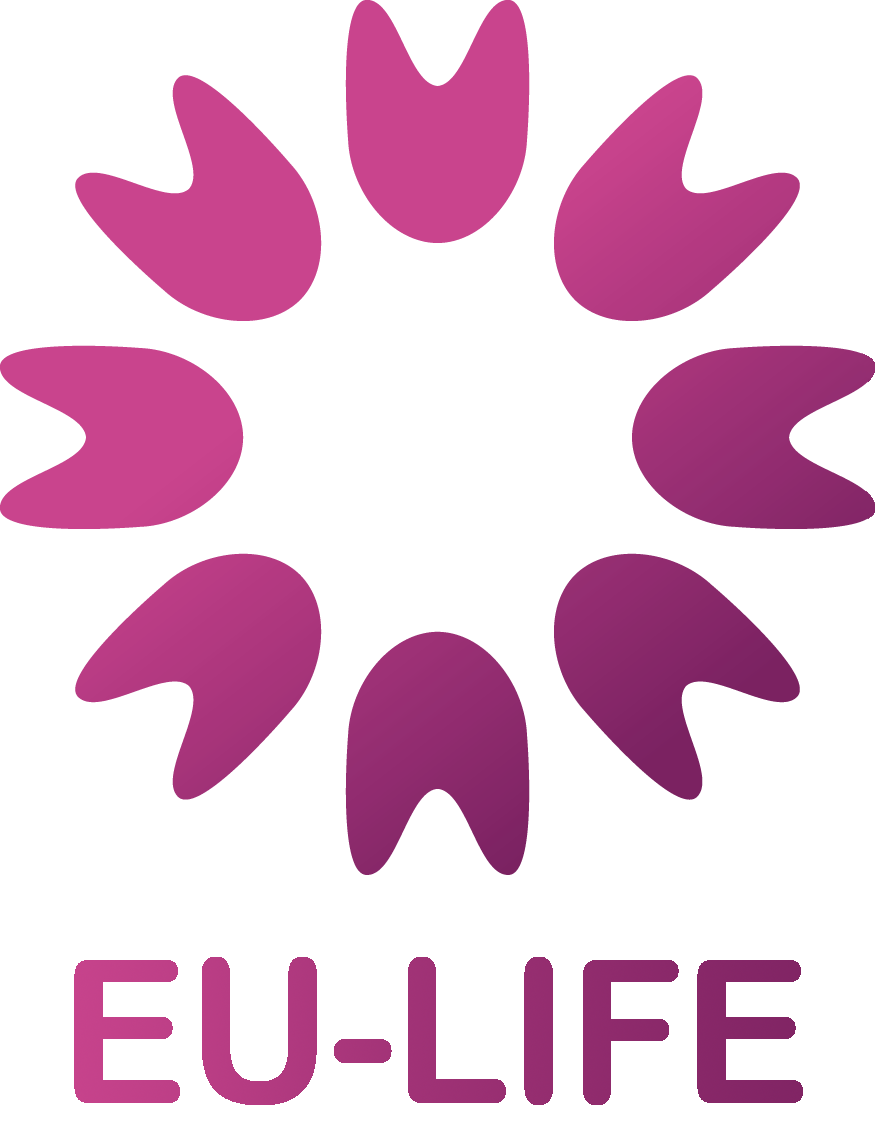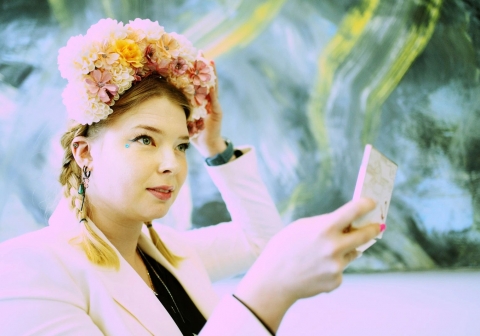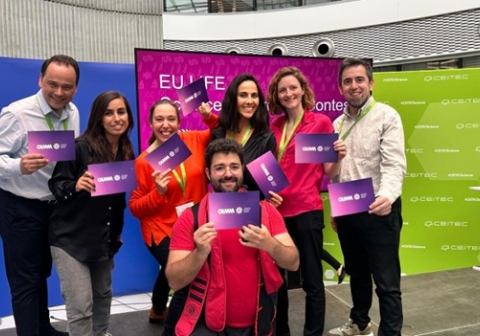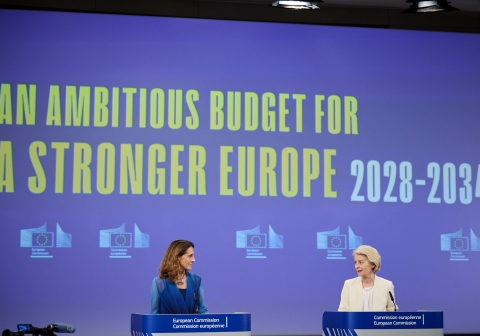Women in EU-LIFE: Margherita Yayoi Turco, Junior Group Leader at FMI
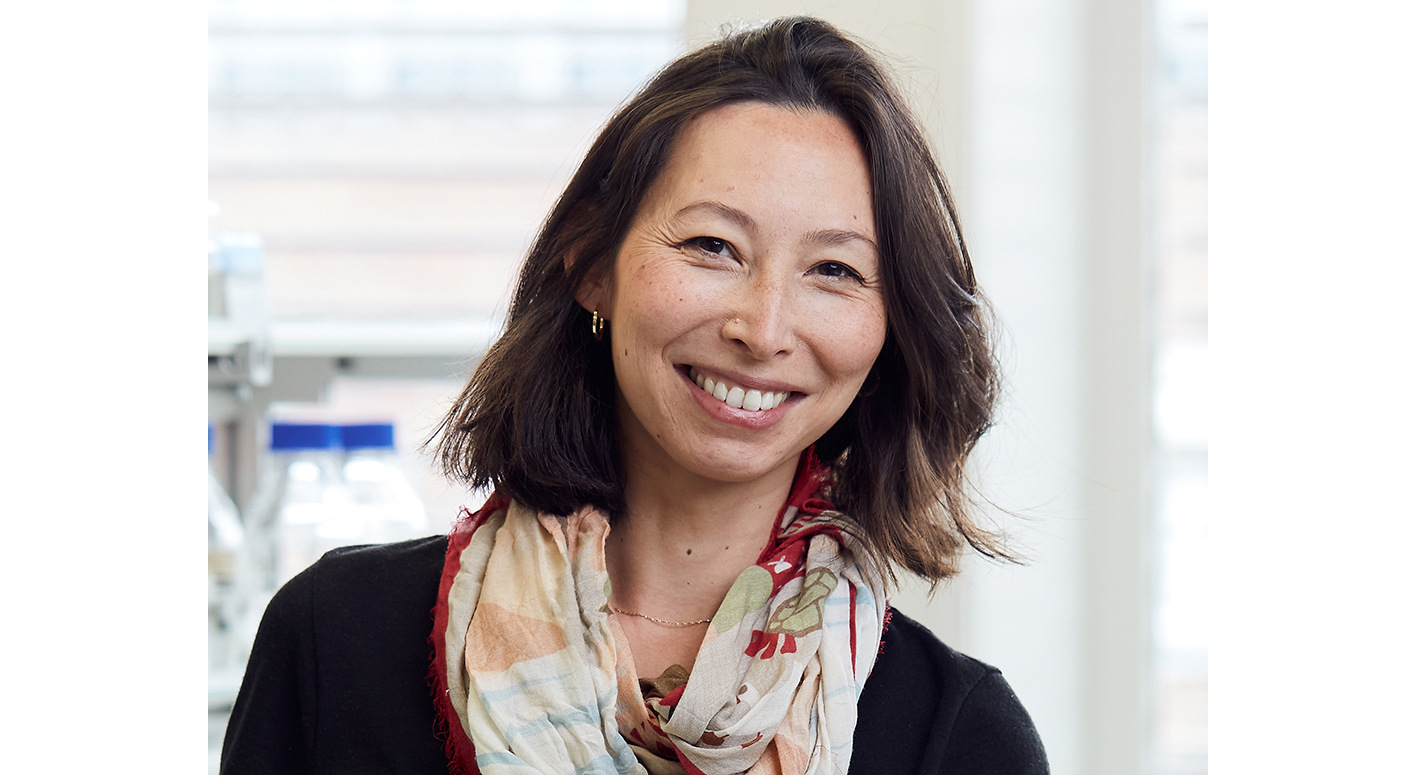
Could you tell us a bit about your research?
The central question we are trying to address is: ‘How does the human placenta develop and how is this influenced by the maternal uterine microenvironment?’ The placenta is the essential organ that protects and nurtures the fetus during its development in utero. Abnormal placental development leads to major pregnancy disorders such as miscarriage and pre-eclampsia. In humans it becomes embedded deep in the maternal uterus which provides important signals for its development. Despite the critical role of the placenta, we still understand little about its development. To study this, we are using 3D organoid model systems of the placenta and uterus. These allow us to look at interactions between placental and maternal uterine cells and also how the uterine menstrual cycles prepare for pregnancy.
You have been awarded with a number of fellowships and grants along your career, including a ERC Starting Grant. Were any of them particularly important for you? How does it feel to be recognized in such a prestigious manner?
They have all been important for me, as each one has allowed me to explore different avenues in my research.
What has been great to see with these awards is that research into the human placenta and women’s reproductive health, which have always been neglected, is now recognized as important.
The grant that has made the most impact is the ERC starting grant as it has allowed me to hire a team and start my own group.
Could you take us back to the beginning of your scientific career? What got you interested in this field?
My first experience in the lab was in the field of embryology of domestic animals in a small lab in Teramo, in Italy. I wanted to develop reproductive technologies for the conservation of endangered mammalian species, inspired by the work of Profs. Anne Mclaren and Ian Wilmut. We used the sheep embryo as a model system and I became fascinated with how we could see early developmental processes unfold before our eyes through cloned and in vitro fertilized embryos and how stem cells can be isolated and captured as in vitro models of development.
What would you have liked to be if you were not a researcher? Is that field related in any way to your current work?
I always wanted to work in the area of animal conservation and that was what led me into science in the first place. In a way, it is related to my current research, as it was centred on reproduction and development.
There have been a lot of initiatives in the last decades to improve conditions for women in STEM. Where do you think we stand? Can you elaborate?
There is much more awareness and more open conversations about the challenges women face at different points in their careers, across gender and different generations of scientists. And there are inspirational examples such as programs/networks in place to support and mentor women such as Leading Edge and Mothers in Science, that leading scientific institutions around the world incorporate as part of their vision in shaping their future. Though there is now maternity leave and this is recognized, I feel there could be more concrete ways in accounting for the fact that beyond the maternity leave, you are unlikely to be as productive in terms of grants and papers beyond the leave for several years, when you have pre-school children.
Overall, though, it feels like there is momentum and I am optimistic that we are moving in the right way but real change takes time and effort to keep up and this requires everyone across career stages, to be a part of it.
What message would you give to other women who are interested in pursuing a career in STEM?
Find yourself a great mentor and colleagues you can trust who will be there to support you when things get tough and also give you honest feedback and advice.
- To know more about Margherita Yayoi Turco’s work, visit her research group web page: https://www.fmi.ch/research-groups/groupleader.html?group=145#research
